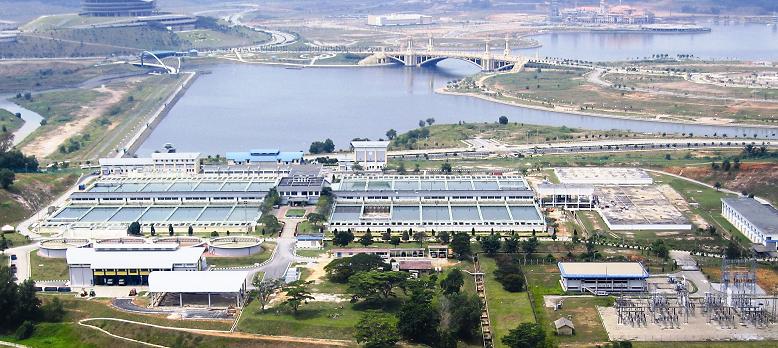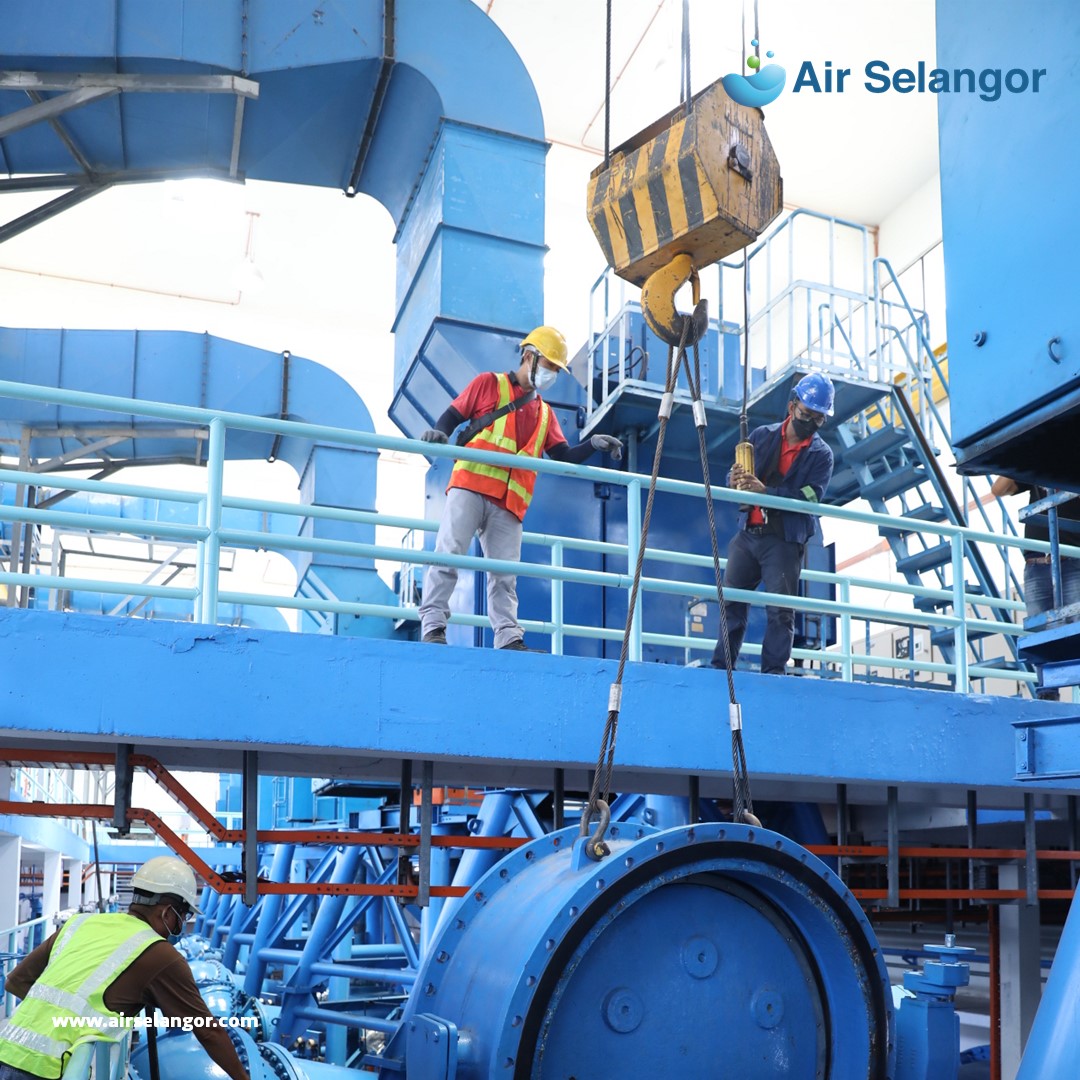SHAH ALAM, Nov 24 — Pengurusan Air Selangor Sdn Bhd’s initiative to explore the use of artificial intelligence (AI) and Internet of Things (IoT) technologies in the state’s water treatment system is seen as a timely and strategic move to strengthen the efficiency of Selangor's water resource management.
It would enable real-time monitoring, prediction and detection of changes in raw river water quality before it reaches the 34 water treatment plants statewide, thereby enhancing the precision of early intervention measures and improving operational efficiency.
Industry experts say the initiative also has the potential to reduce resource wastage through early leak detection, minimise the impact of disruptions on consumers, and support the state’s broader sustainability agenda.
Universiti Teknologi Malaysia's (UTM) Artificial Intelligence and Robotics Centre director Assoc Prof Mohd Ibrahim Shapiai said data generated through AI and IoT can function as an early warning system to detect potential pollution, water-pressure instability, and risks of supply disruption.
Such technology would also help ensure that domestic and commercial users are not adversely affected in the event of unforeseen incidents involving the piping network or raw water sources.
“Monitoring through IoT and AI is not only about tracking water pressure or quality, but it also enables early prediction and more accurate analysis of the root cause should pollution or leakage occur.
“This data also helps water operators identify demand patterns and evaluate pump efficiency based on the capacity of each area,” he told Bernama.
Ibrahim was commenting on the Selangor government’s initiative, implemented through Air Selangor, to explore AI-driven water treatment technology to strengthen monitoring of raw river water quality before it is channelled to the utility’s 34 treatment plants statewide.
State executive councillor for infrastructure and agriculture Dato' Izham Hashim said that smart technology is expected to play a crucial role in ensuring the long-term resilience and reliability of Selangor’s water supply system, given the rising demand for quality water and increasingly complex pollution risks.
Ibrahim added that adopting such technology is in line with the national water sector's digitalisation agenda and will ultimately provide long-term benefits to the people of Selangor, the primary users of Air Selangor’s services.
“Greater efficiency not only reduces operating costs but will also help lower the non-revenue water (NRW) rate and strengthen the reliability of the state’s water supply services,” he said.
Meanwhile, UTM senior lecturer and Malaysian TRIZ (theory of inventive problem solving) expert Zulhasni Abdul Rahim said AI technology could significantly improve responses to water pollution incidents through real-time monitoring of chemical composition and changes in water quality.
“Water quality must comply with the required standards, including permissible pH levels and chemical content set by the Department of Environment (DOE). If these parameters fall outside the approved range, the water is considered polluted and requires immediate intervention.
“The use of IoT sensors enables continuous, real-time monitoring of water quality, reducing the need for treatment plant shutdowns and preventing prolonged supply disruptions,” he said.
Zulhasni noted that integrating AI and IoT sensors in catchment areas and major rivers would also strengthen the preparedness of state water treatment plants by enabling earlier predictions of changes in turbidity, pollutant levels, and fluctuations in raw water quality.
He said real-time data analysis would enable plant operators to adjust chemical treatments, temporarily shut water intakes, or activate emergency protocols before water quality deteriorates, helping to prevent disruptions to consumers.
The digitalisation initiative is also expected to bolster Selangor’s long-term preparedness to tackle recurring challenges, including river pollution, extreme weather events, and rising water demand in fast-growing urban areas.






